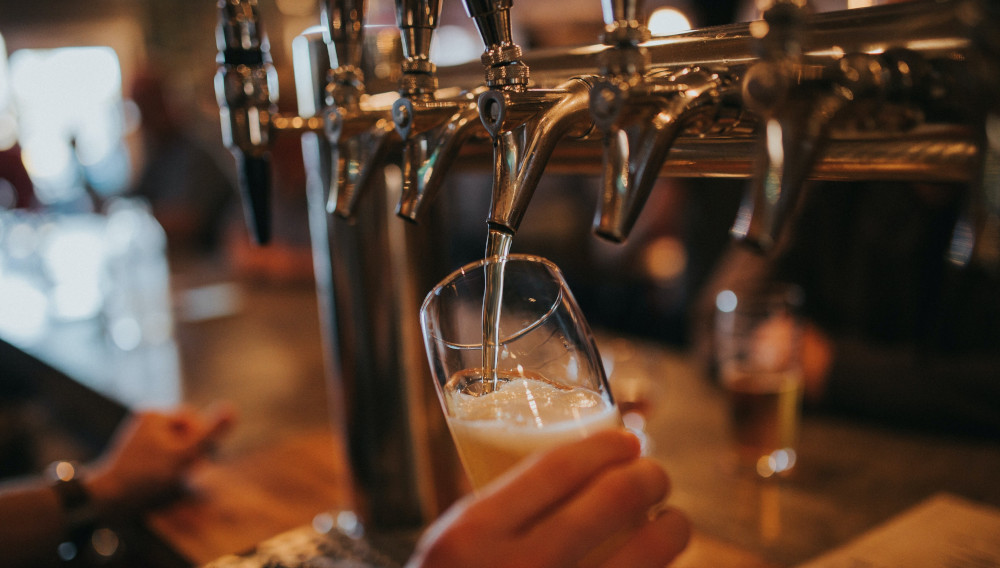
Dispensing quality | This is the final installment in the three-part series by Dr. Johannes Tippmann on sensory faults originating in beverage dispensing systems. After discussions on dispensing gases (BRAUWELT International no. 5, 2024) and cleaning dispensing systems (BRAUWELT International no. 6, 2024), in this installment, Dr. Tippmann tackles the topic of professional glass handling and hygienic design.
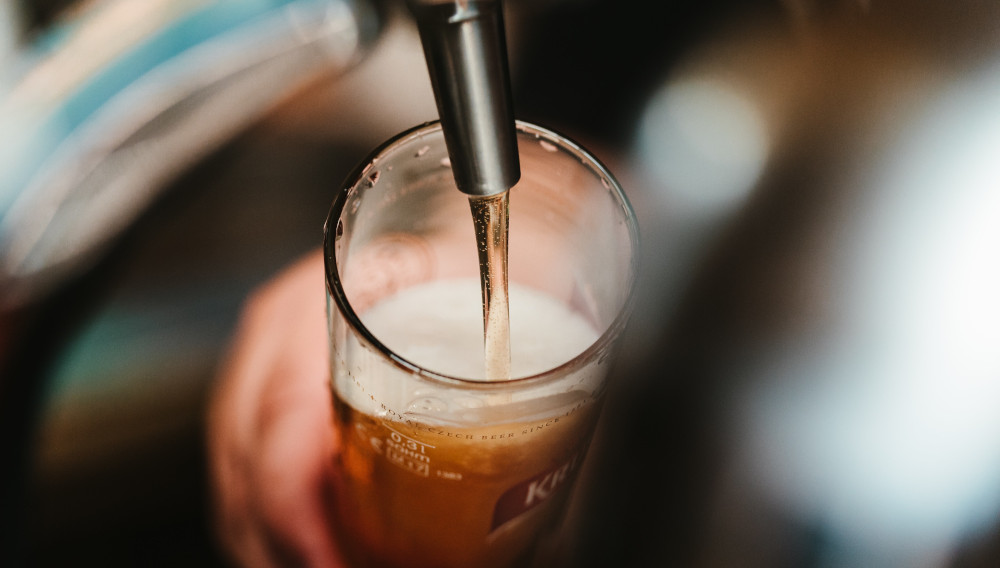
Dispensing quality | After reviewing the role of dispensing gases in the first installment in this series in BRAUWELT International no. 5, 2024, pp. 320–322, in this second installment on sensory faults and their causes in beverage dispensing, Dr. Johannes Tippmann focuses on the design of dispensing systems and how to competently conduct a thorough cleaning regime.

Pour quality | Phrases such as “brewed with love, but ruined by the bartender” describe what often happens to a beverage (beer is not the only beverage to be dispensed on a draft system) immediately before it is served, meaning that its original characteristics are altered, and not for the better. The owner of the establishment is normally responsible for the cleaning, maintenance and hygiene of any dispensing systems within the confines of the establishment. If complaints from customers are received regarding the quality of the dispensed beverage, there are times when the publican is not to blame. A frank and earnest inspection of certain systems operating in gastronomy reveal that less than stellar quality may simply be due to the dispensing system itself. In this three-part series, Dr. Johannes Tippmann investigates how finding fault in the sensory quality of a beverage may, in fact, lead back to the dispensing process.
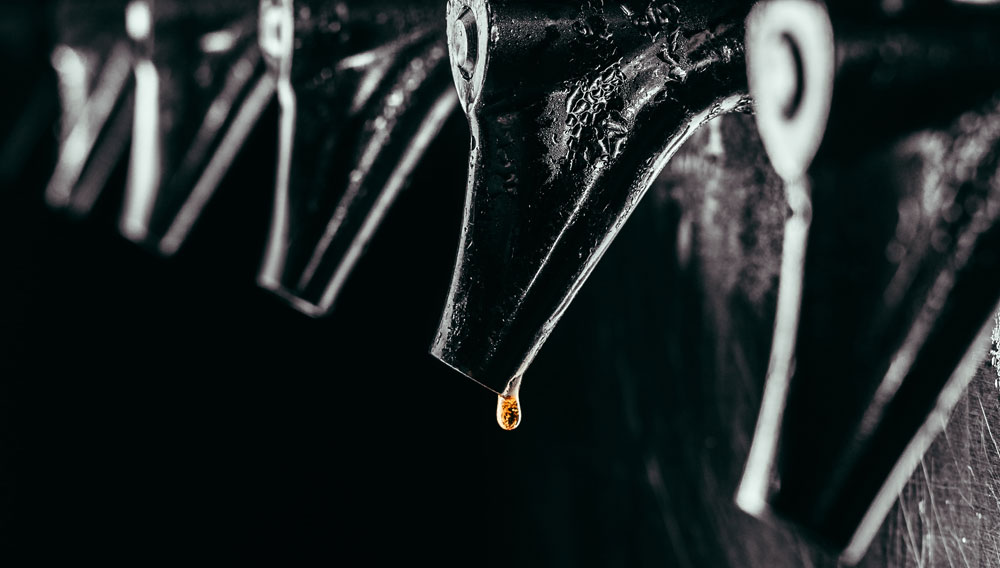
Recommended cleaning intervals | Beer hoses are currently being analysed in terms of life and cleanability in the context of an in-depth study at the Technical University of Munich (TUM) in Freising. Investigations described focus on appropriate cleaning intervals. Growth patterns of various microorganisms in beers were recorded in order to come up with information about necessary cleaning intervals of beverage dispensing units.
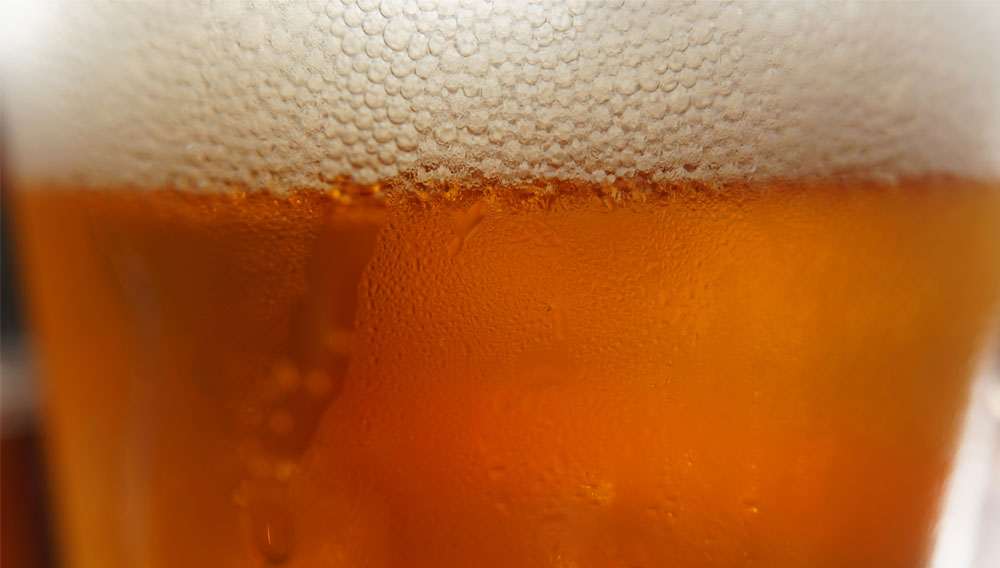
Visual foam stability | The quality of beer foam depends on many factors, including initial foaming, head retention, lacing and so on. Most foam analysis methods focus mainly on head retention. Using such methods, foam membrane strength for head retention was shown to be an important aspect. Could this factor be responsible for head retention only? And what role do hop bitter acids play in this? The following article summarises some research results which have already been published in BrewingScience, 2021, issue 6: November/December.

Foam stability | Various physical phenomena can be observed in beer foam. Foam membrane strength is an important factor influencing head retention. When comparing various foam analysis methods (Sigma, NIBEM and FCT developed by us), it was found that NIBEM and FCT were more sensitive in determining foam membrane strength than Sigma. In this article, the importance of the composition of hop bitter acids for foam membrane strength and visual foam stability is described. It summarises some research results which have already been published in BrewingScience, 2021, issue 6: November/December.

Hygienic challenges | For years, alcohol-free beer has enjoyed a steady increase in popularity. This is not only thanks to drinkers taking various social aspects and health concerns into account; it’s also a result of the constantly improved quality of these beverages. Alcohol-free beer is almost exclusively sold in small containers such as bottles or cans. Dispensing it from barrels is rare; even less common is the distribution of non-alcoholic beer in tanks. However, the wish to be able to also offer customers this relatively new type of beer on tap is growing.

From craft beer to alternative beverages | The food and drink scene in Portland, Maine, has been booming ever since Bon Appetit magazine named this small city of 67000 on the Atlantic coast, half-way between New York City and the Canadian border, the “2018 Restaurant City of the Year.” With its focus on fresh, local ingredients, only hours-old seafood and a constant influx of top-notch chefs, Portland has indeed become a foodie’s paradise. The city is also a beer mecca of long standing – with some 30 breweries in the area, headlined by famed, Belgian-oriented Allagash Brewing Company, plus dozens of beer-focused bars, such as Novare Res, a destination “bier café” with 33 taps and 400 different beers in bottles. And Portland isn’t done yet.
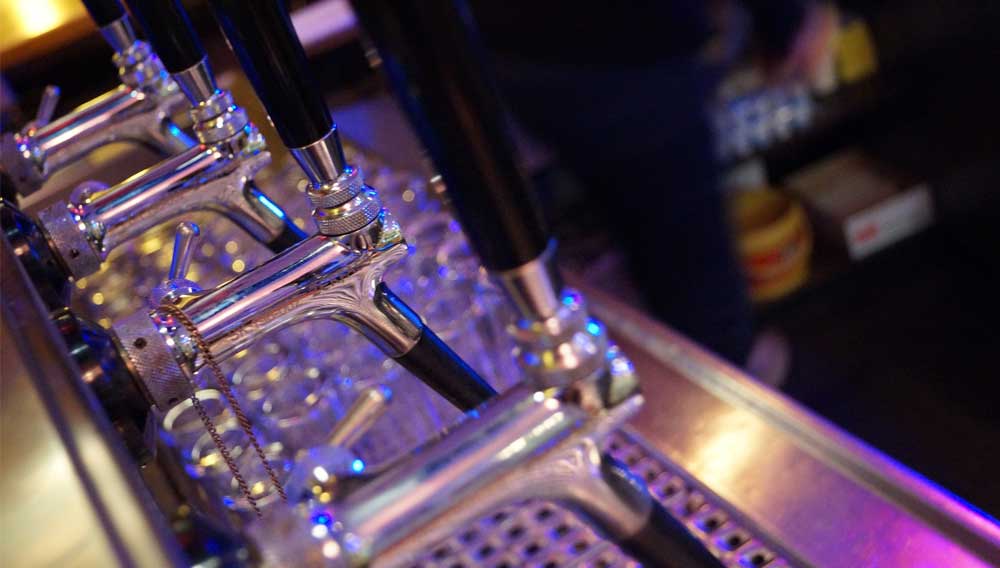
Pros & Cons | The basic layout of a dispensing system has already been discussed in the article „Dispensing System Design: Keg Coupler, Hose, Faucet – Finished?“ [1]. Based on this premise, the present article discusses the details of various options for setting up a dispensing system, along with their major advantages and disadvantages. It must be stated up front that a perfect dispensing system does NOT exist – however, there is an optimal solution for every situation.
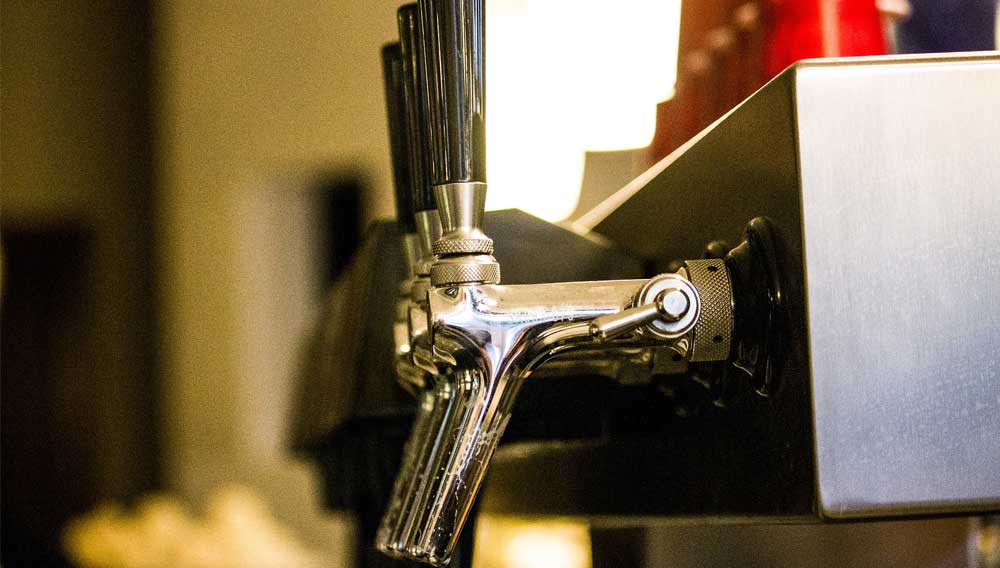
A COMPLEX ISSUE | The design of a dispensing system is the foundation of any future operation involved in serving beer on tap. Decisions have to be made early on that often determine whether a business will succeed or fail. Some of these decisions concern, in particular, the physics of dispensing. A second, crucial point is also already present in the layout and construction of a dispensing system, namely the ease with which the system can be cleaned. This is one ramification of good hygienic design of a dispensing system. This article discusses these aspects and describes the negative outcomes if these crucial points are not taken into consideration.

